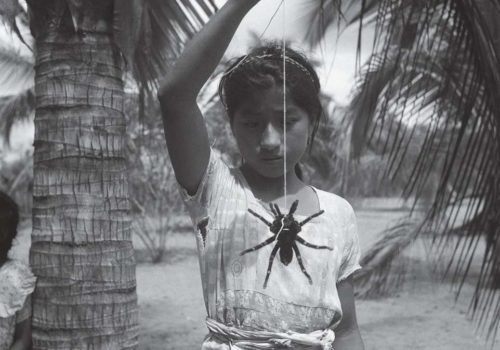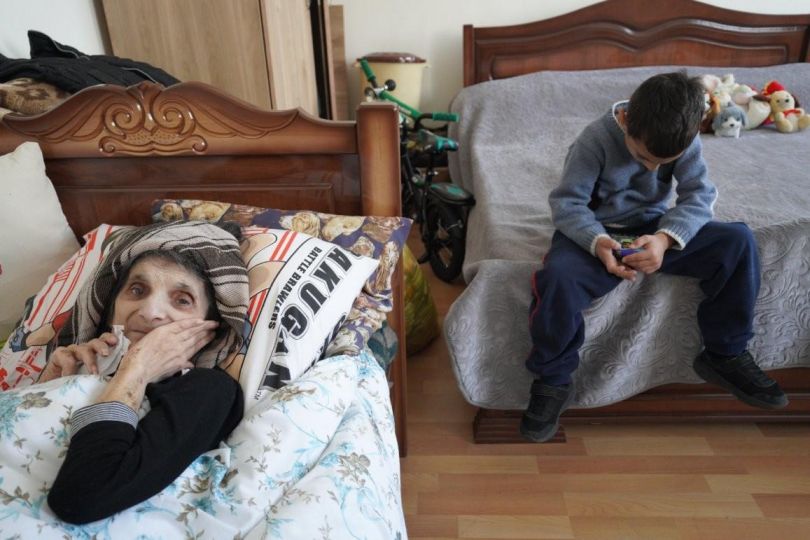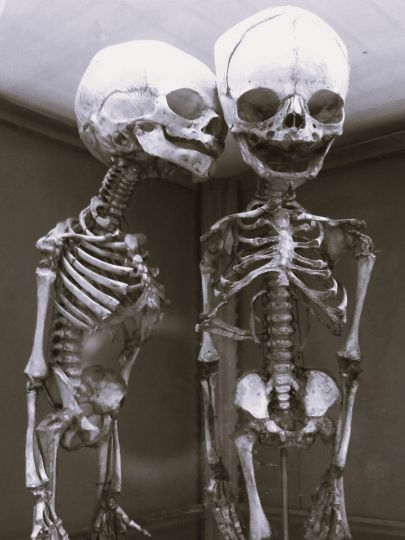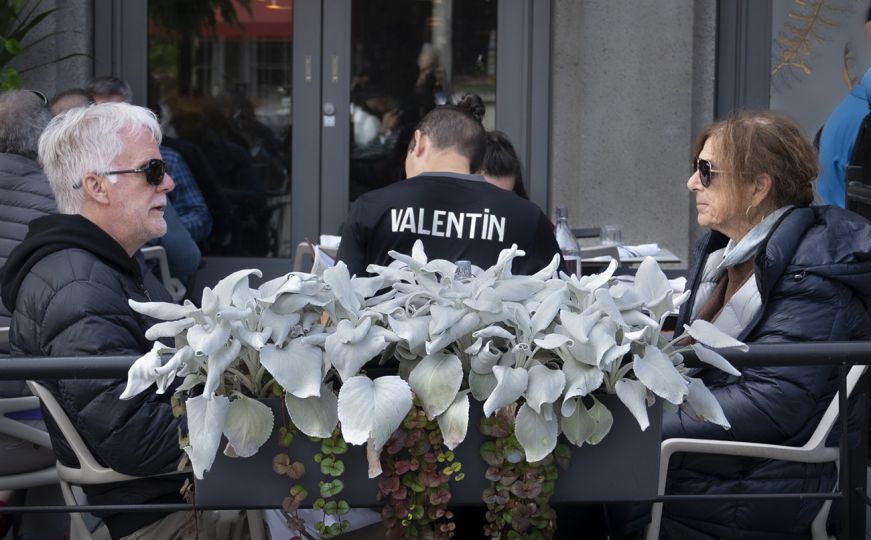It was in Ecuador, a country half the size of France, that Rolf Blomberg tried out the synthesis of what he had seen and experienced in countries as varied as Australia, Brazil, Egypt, Indochina, Kenya, Peru and Turkey.
Blomberg was born in Sweden in 1912 and died in Quito in 1996. He dedicated his life to travel and showing the wonders of Ecuador through photography, writing and documentary filmmaking.
At age 22, Blomberg decided to come to Ecuador while working at a museum of natural sciences in Sweden. Passionate about nature and the search for new species, he came to the Galapagos Islands in 1934 to observe the giant tortoises and other native species. Following this experience, Blomberg returned to Ecuador several times, both to develop his professional skills and for the emotional attachment he had formed with the country. Ecuador became his favorite place on earth. As a naturalist, Blomberg discovered several new species, the most amazing of which was a toad measuring between 25 and 30 centimeters, which was named bufo blombergi (“Blomberg’s Toad”), now becoming an endangered species. Equipped with a Hasselblad camera given to him by Victor Hasselblad himself, Blomberg shot an enormous amount of photos in order to show the world, and in particular Sweden, Ecuador’s immense biodiversity.
For Blomberg, Ecuador was an exotic, virgin country. Fascinated by the diversity of its landscapes, ecosystems and ethnicities, he traveled across islands, tropical forests, the Andes and the Pacific. Everything that represented life and movements interested him. He loved the wealth of nature and how he could enter into peoples’ lives. Blomberg photographed Ecuador in the 1950s, ‘60s and ‘70s, never showing signs of that cold, colonial, stilted, “gringo” vision of other photographers, who visit foreign countries hoping to capture unusual images to take back home. On the contrary, Blomberg lived with the communities, sharing not only in their folkloric celebrations, ceremonies and rituals, but also in their daily lives.
Read the full article on the French version of L’Oeil.
















